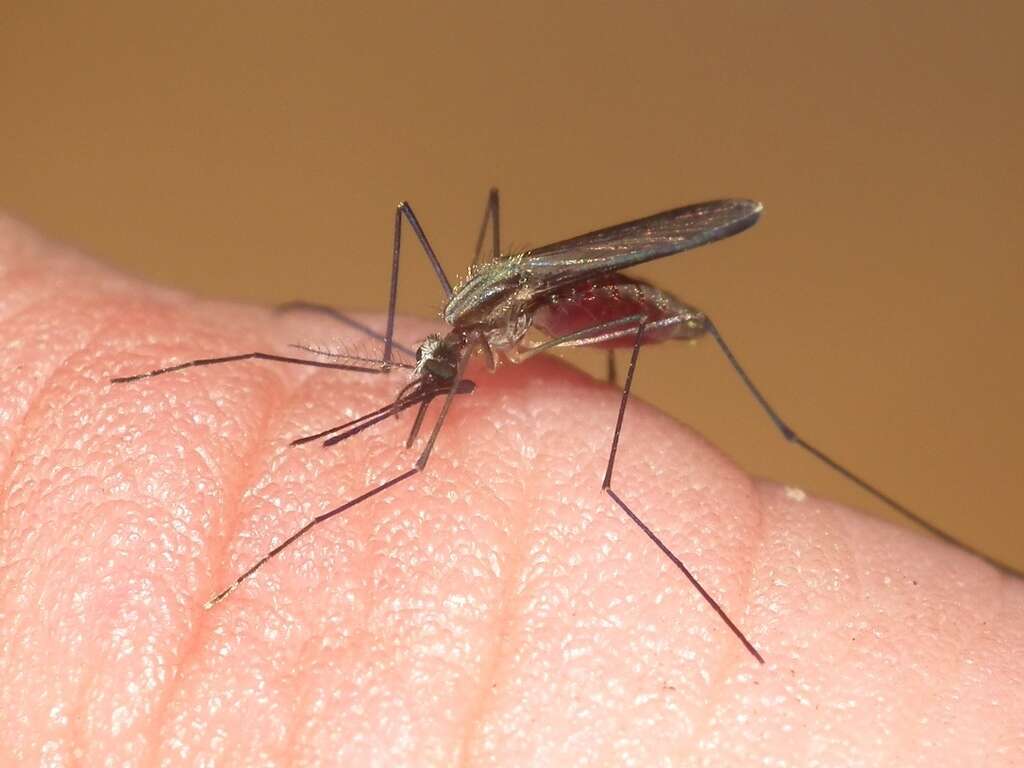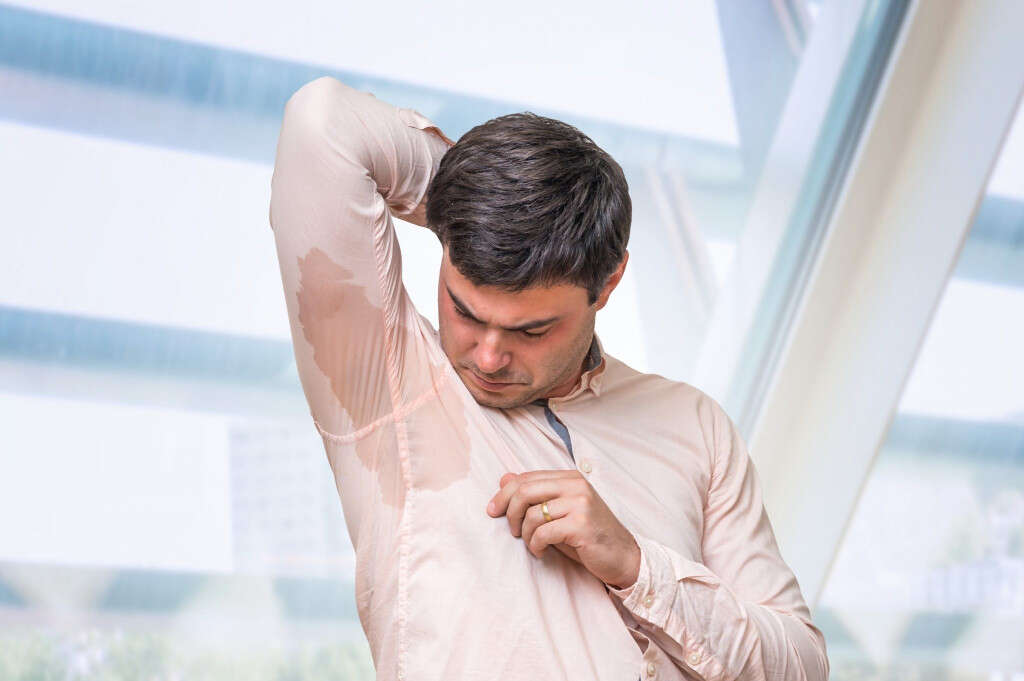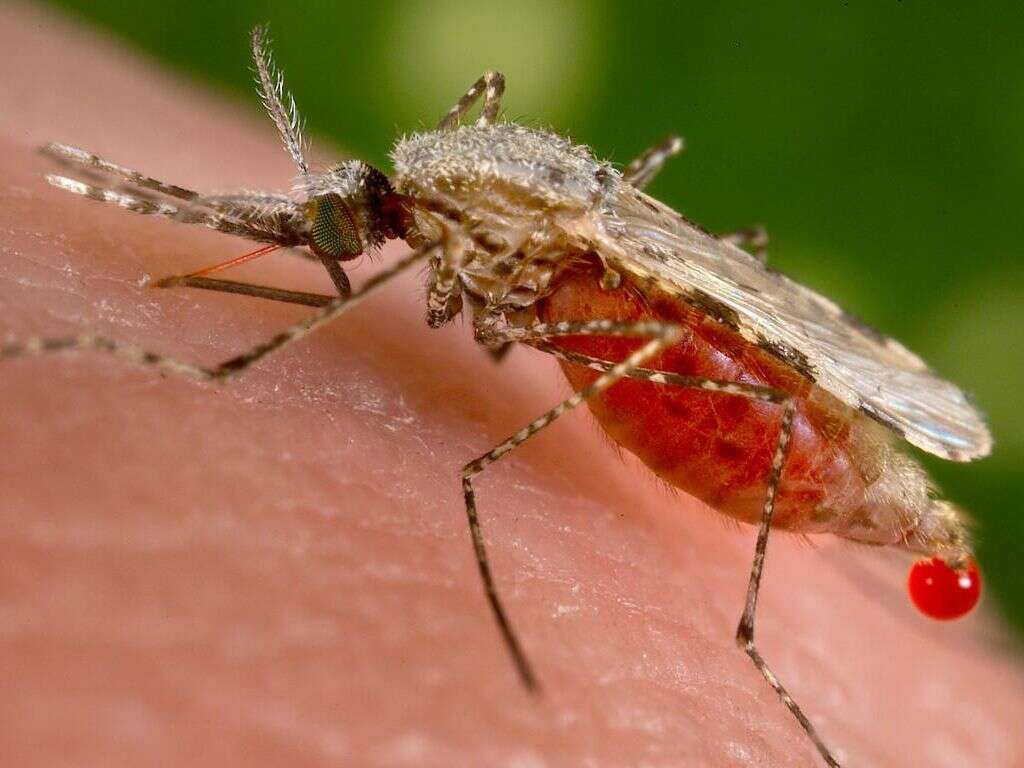10 Symptoms of Malaria
Malaria is a plasmodium infection transmitted by the female anopheles mosquito. When an anopheles mosquito sucks blood from an infected person, it ingests plasmodium parasites. These parasites then multiply within the gut of the mosquito and are again injected into an uninfected person the next time the mosquito sucks blood. Malaria is normally caused by any of the four species of plasmodium, namely P. malariae, P. falciparum, P. ovale and P. vivax. The incubation period of malaria, or the time between initial infection and the appearance of symptoms is 7 to 18 days.
Malaria is a serious health problem globally. In 2015 alone, more than 212 million cases and 438,000 deaths were recorded. It is most common in the tropical regions including South America, Asia, Africa, Middle East and Oceania. In cooler regions of the world, malaria generally occurs as a result of people having traveled to malaria-prone countries 1https://medbroadcast.com/condition/getcondition/malaria.

Symptom #1: Headache
Headache is one of the most common malaria symptoms. This does not, however, mean that anytime you have a headache you are likely to have malaria. As with headaches occurring due to other issues, a headache associated with malaria arises when the nervous system picks up pain signals within the tissues in the head. The exact mechanism of headaches in acute malaria is unknown. However, it is associated with excessive production of pro-inflammatory substances, called cytokines (TNF, IL-1), by the body’s immune system. Furthermore, in severe infections caused by P. falciparum, cerebral malaria may be the cause of headache. This is caused by the sequestration of parasitized destroyed red cells in the small blood vessels in the brain and is enhanced by proinflammatory cytokines.
Consult a medical professional if you have a history of recent travel to an endemic area accompanied by a headache and other symptoms suggestive of malaria.

Symptom #2: Fever and Chills
Fever and chills are normally the first signs that you have contracted malaria. Fever occurs when body temperature rises significantly (100.4 oF) above the normal 98.6o F, or 37o C. This rise in temperature is caused by the activity of the body’s defense mechanism in an attempt to destroy the invading parasites. Malaria can lead to a high fever in which the body temperature rises by one or more degrees Celsius.
Once the body temperature rises, the homeostatic mechanism kicks in to cool the body to normal. This leads to a drastic reduction in internal temperature which causes chills. Bouts of fever, chills, and sweats (paroxysms) occur interchangeably every 48 or 72 hours, depending on the species. The classic paroxysm begins with chills (1-2 hours), followed by a high fever and end with a decrease in body temperature to normal or below normal.

Symptom #3: Nausea
Nausea is a sick feeling such that you feel like you could throw up. It is a common symptom of malaria that may be accompanied by vomiting, although this is not always the case. However, on its own, nausea is not always a sign that you have malaria. Furthermore, doctors sometimes rely on the information about the timing of nausea to determine its cause.
Nausea that occurs immediately after a meal is a symptom that a patient could be suffering from a variety of things i.e. peptic ulcers, gastritis. Nausea that occurs hours after a meal can be a sign of possible food poisoning.

Symptom #4: Abdominal Pain
Abdominal pain is another common malaria symptom that may occur in early stages of malaria infection and is caused by the rapid inflammation and enlargement of the liver and/or spleen (specifically, by the distension of their capsules). During infection with the most severe form of malaria (particularly plasmodium falciparum) large numbers of red blood cells are sequestered in those tissues and other major organs.
The causes of severe and persistent abdominal pain in malaria include acalculous cholecystitis (inflammation of the gallbladder), gastrointestinal hemorrhages, acute surgical abdomen, rupture of the spleen, splenic infarction, splenic torsion and hepatitis/ hepatomegaly (inflammation and enlargement of the liver).If you have a history of travel to an endemic area and are experiencing abdominal pain that is accompanied by other symptoms like headache, fever, chills or muscular pain you should seek immediate medical attention.

Symptom #5: Diarrhea and Vomiting
Diarrhea and vomiting can also occur due to an infection with malaria. While in some instances vomiting may occur together with nausea, it may occur on its own or in combination with with watery diarrhea. If no other symptoms have been noticed, a patient may think that the diarrhea and vomiting are signs of food poisoning. However, symptoms of food poisoning only stick around for a few hours to a few days.
Therefore, if you can’t recall eating anything that may cause poisoning, or the symptoms go beyond a few days, it is possible that you have malaria. This is even more likely if you have other malaria symptoms. The best action is to visit a medical facility for testing and treatment.

Symptom #6: Bloody Stools
Gastrointestinal hemorrhaging may be present in acute malaria caused by Plasmodium falciparum. However, this condition can be indistinguishable from acute bacillary dysentery. Patient’s stools will contain blood, mucus, pus or epithelial cell debris. Among other factors, this is caused by the sequestration of red blood cells in blood vessels of the gastrointestinal tract (stomach and small intestine) that lead to capillary occlusion and ischemia (inadequate blood supply). According to the World Health Organization the presence of this symptom meets the criteria for complicated malaria and has increased mortality.
It is worth noting that continued loss of blood from the gastrointestinal tract can lead to anemia and other health problems including faintness, fatigue, physical weakness and low blood pressure. A patient who has had this problem for too long may require hospitalization for treatment of malaria and blood transfusion.

Symptom #7: Muscular Pain
Muscular pain is another typical symptom of malaria. It may be accompanied by tingling sensations, stiffness and numbness in the hands, arms, feet and legs. When this continues without treatment, it can lead to lack of physical activity leading to physical weakness and fatigue. It is also worth to note that various muscle groups including those in the abdominal cavity and within the head may be affected.
Other symptoms related to muscular pain include headache, abdominal pain and pain all over the body. Muscular pain arises when red blood cells are destroyed by the malaria parasites such that inadequate oxygen and energy production occurs. The destroyed red blood cells also cause obstruction of the small blood vessels within the muscles 2https://malariajournal.biomedcentral.com/articles/10.1186/s12936-016-1577-y.

Symptom #8: Fatigue
Once the plasmodium parasites get into the body, they head to the liver where they transform and begin multiplying. The increased amounts of parasites then get back into the bloodstream and are transported to other parts of the body. The parasites then get inside red blood cells within which they continue multiplying. At some point, the infected red blood cell bursts, releasing more plasmodium parasites. As this cycle continues, the body loses increasing numbers of red blood cells and the patient may develop anemia.
As a consequence, less oxygen is transported for use by the various organs and tissues of the body. And because without adequate oxygen the body cannot produce energy for various functions, organs and tissues cannot carry out their functions optimally. This leads to fatigue and pallor, the main sign and symptoms of anemia 3https://www.hhmi.org/news/molecule-allows-malaria-parasite-commandeer-red-blood-cells. In acute malaria, anemia can pose special problems in pregnancy and in children. Pre-existing nutritional anemia can be aggravated by malaria infection.

Symptom #9: Joint pain
Joint pain (arthralgias) is a common manifestation of acute malaria. Low back pain may also be present. This symptom can occur during the prodromal period of the disease and it may also accompany malarial paroxysms. In cases of recurrent malaria, arthralgias may be the sole symptom.
Arthralgias may be present in several other infectious diseases. Thus, it is a non-specific symptom. However, if you have a history of travel to endemic countries and experience several of these symptoms, don’t hesitate to consult with a medical professional.

Symptom #10: Convulsions
While most patients with malaria experience fever and chills, some may experience convulsions. This is more likely to occur in infants and young children. Convulsions are violent and uncontrollable shaking movements of the body. This occurs when body muscles contract and relax alternately. Convulsions are usually accompanied by other symptoms like dizziness, anxiousness, headaches and a fainting feeling.
A convulsing patient may also get an unpleasant taste in the mouth, may lose control of the bladder, bowel and get rapid eye movements. When convulsions or seizures occur, it is possible that this is cerebral malaria. However, central nervous system infections, and hypoglycemia should be discarded as well. Furthermore, antimalarial drugs (i.e. chloroquine, quinine, mefloquine and halofantrine) may also trigger convulsions. This is one of the more serious malaria symptoms especially when it happens to a young child. Note that malaria is a deadly disease that should not be ignored. The patient should therefore be taken to hospital without delay.











